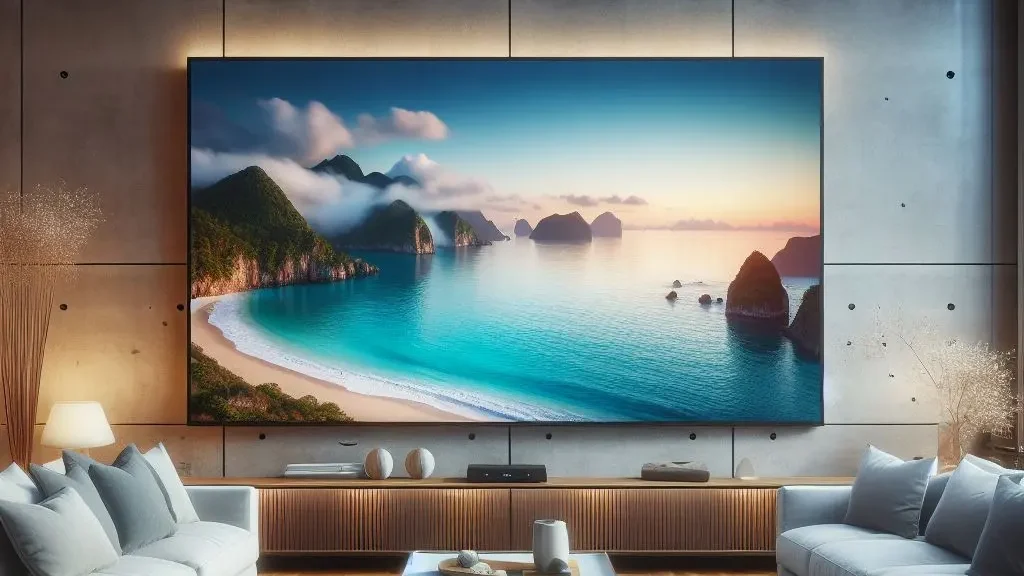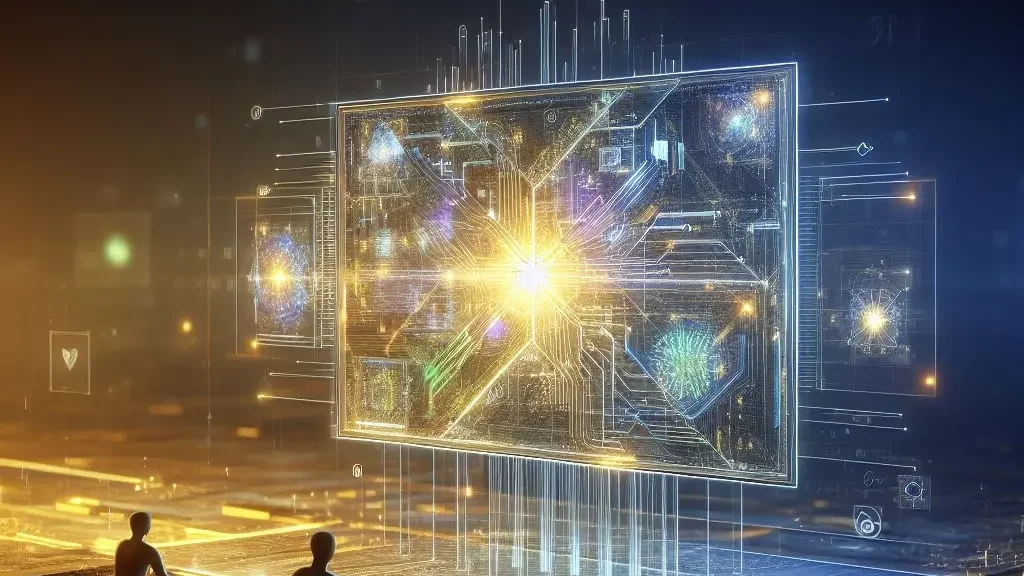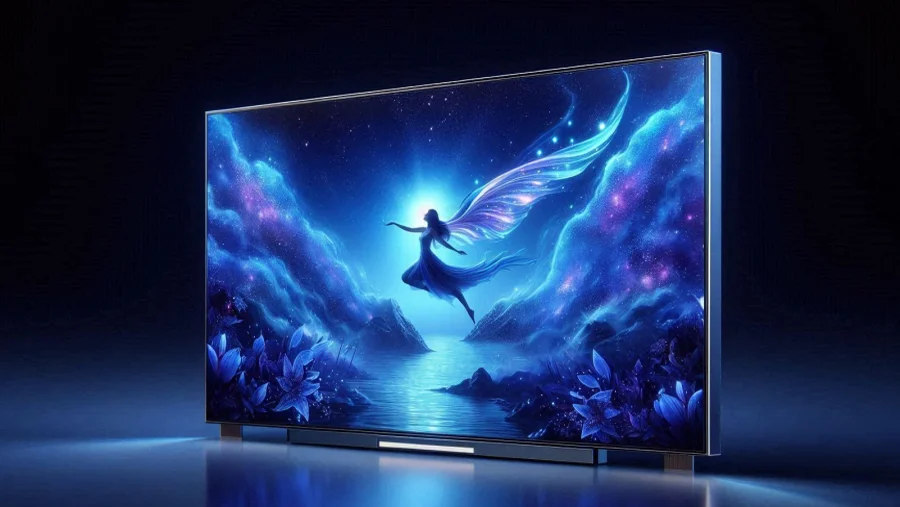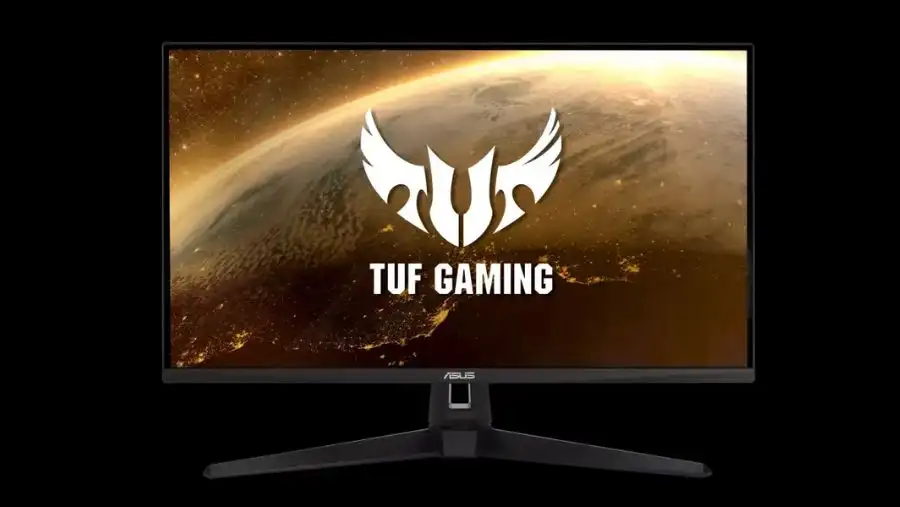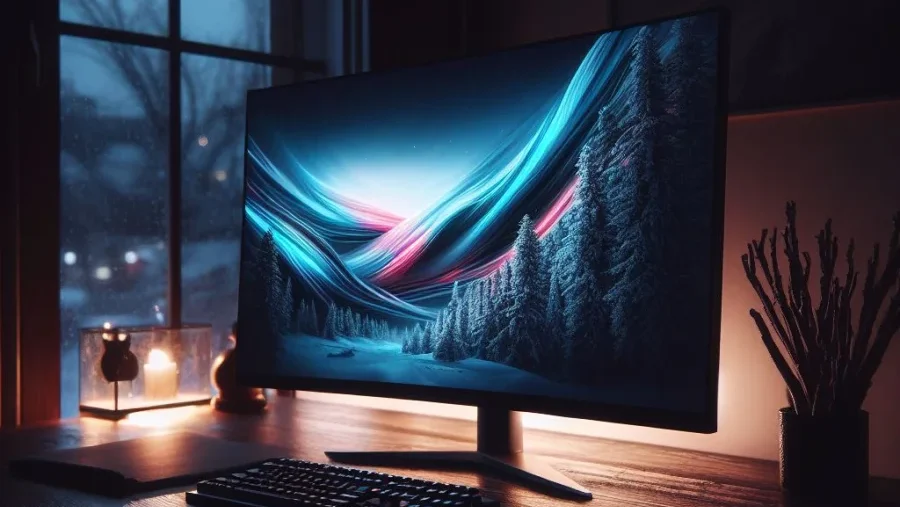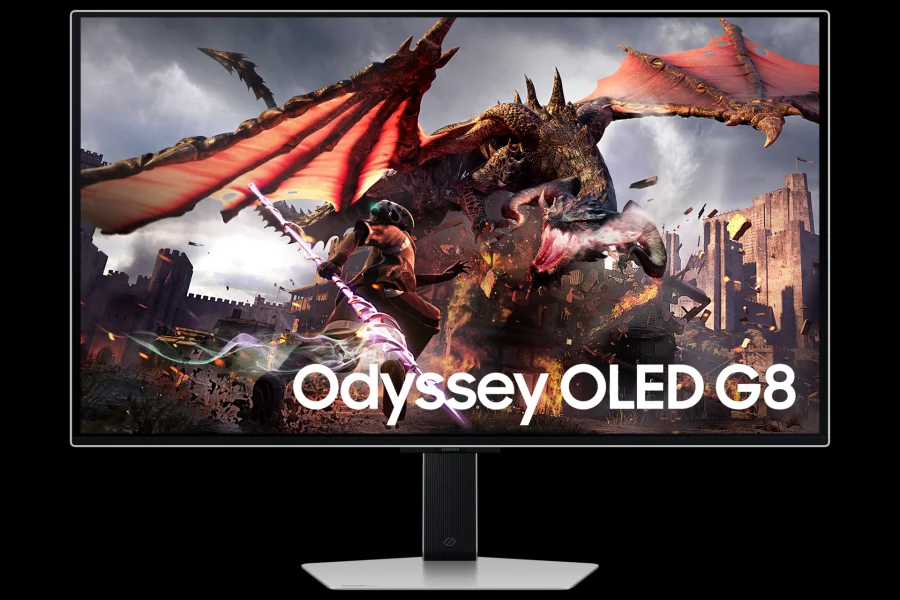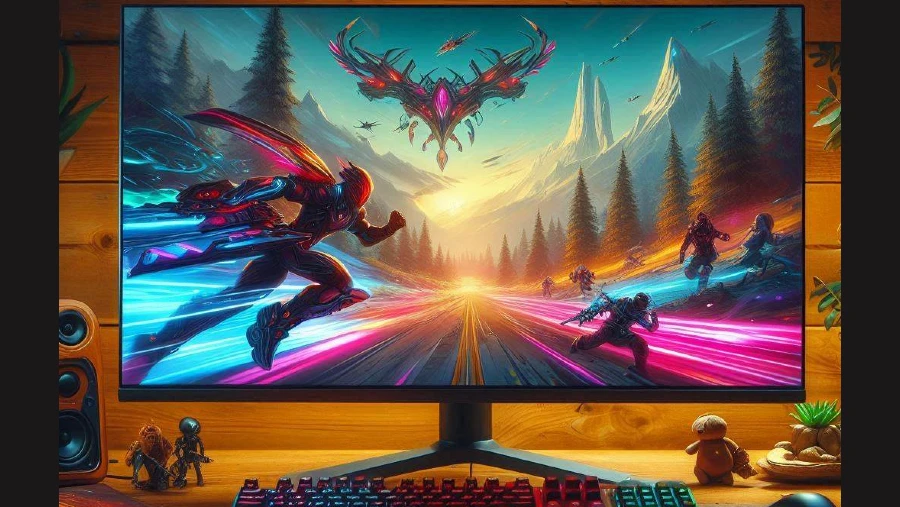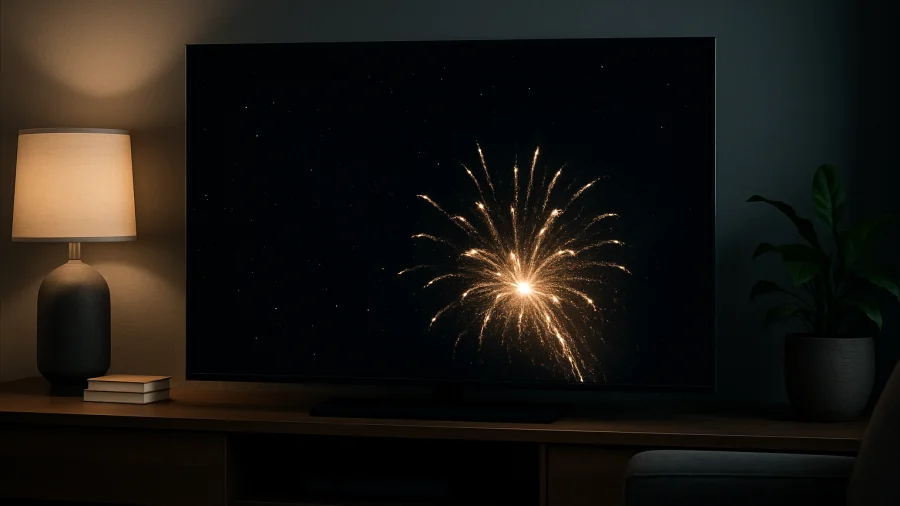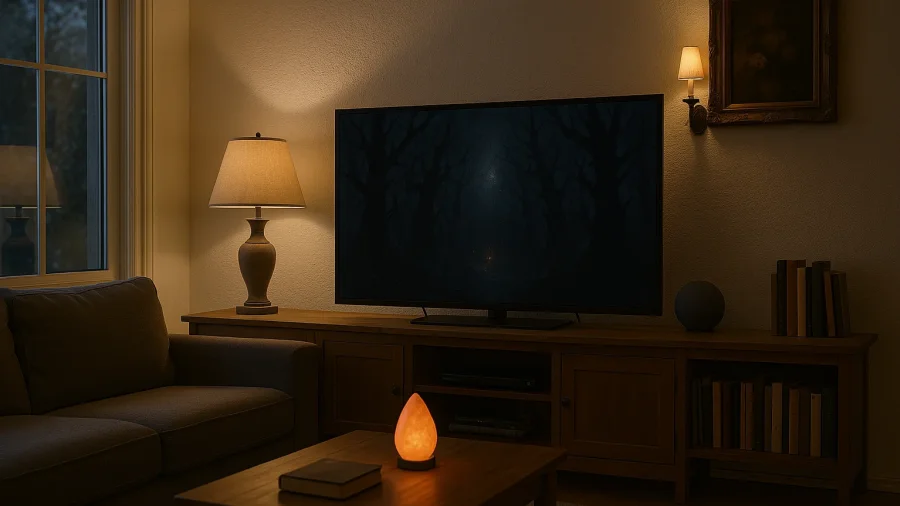
When choosing a new television, specifications like resolution (4K, 8K) and screen size often grab the headlines. However, a crucial element significantly impacting picture quality, particularly contrast and black levels, is the backlight technology used in LED/LCD TVs.
Understanding the differences between Direct Lit, Edge Lit, and Full Array Local Dimming (FALD) systems is key to selecting a TV that meets your visual expectations. This article will break down these core backlight technologies.
Understanding the Basics of LED Backlighting
Liquid Crystal Display (LCD) panels, the dominant technology in most non-OLED TVs, cannot produce their own light. They rely on a separate light source positioned behind the LCD layer – this is the backlight.
Light Emitting Diodes (LEDs) became the standard for this purpose, replacing older Cold Cathode Fluorescent Lamps (CCFLs) due to their efficiency, longevity, and smaller size.
How these LEDs are arranged and controlled determines the type of backlight system (Direct Lit, Edge Lit, or Full Array) and directly influences picture characteristics like brightness uniformity and contrast ratio.
The ability to dim specific areas of the backlight independently, known as local dimming, is a critical factor differentiating these technologies.

Direct Lit Technology
Direct Lit technology places LEDs directly behind the entire surface of the LCD panel, facing the viewer. However, compared to more advanced systems, the LEDs in a standard Direct Lit setup are typically fewer in number and spaced further apart.
They illuminate the screen uniformly, meaning all LEDs brighten or dim together depending on the content being displayed, adjusting its brightness dynamically to optimize viewing quality.
It tends to dim for darker scenes, such as nighttime sequences in movies or shadow-heavy imagery, to enhance black levels and prevent excessive light from washing out details. On the other hand, it brightens for well-lit or high-contrast scenes, such as outdoor shots or vibrant animations.
While this arrangement can provide better screen uniformity than some basic Edge Lit models (avoiding obviously brighter edges), the limited number and control of the LEDs mean it doesn’t offer the precise light control needed for deep black levels and high contrast.
TVs using this technology are often thicker than Edge Lit models and are generally found in entry-level sets.
Edge Lit Technology
As the name suggests, Edge Lit technology positions the LEDs along the edges of the television screen – typically along the bottom, top and bottom, or sometimes all four sides.
Sophisticated light guides and diffusers are then used to attempt to spread this light evenly across the entire back of the LCD panel.
The primary advantage of this design is that it allows for remarkably thin and often more affordable televisions. However, achieving perfect light uniformity across a large screen illuminated only from the sides is challenging.
Edge Lit TVs can sometimes suffer from brighter edges or corners and a dimmer center, or noticeable “light bleed” where light spills into areas that should be dark.
Edge Lit TVs offer forms of local dimming by controlling segments along the edge in broad vertical or horizontal columns. Their ability to precisely control contrast across different parts of the image is inherently limited compared to Full Array systems.
Full Array Technology
Full Array Local Dimming (FALD) represents a significant step up in backlight performance. Like Direct Lit, the LEDs are placed in a grid directly behind the entire LCD panel.
The crucial difference lies in the density and control: FALD systems use many more LEDs, grouped into numerous individually controllable zones. This local dimming capability allows the TV to intelligently brighten the zones behind bright parts of the image while simultaneously dimming or even turning off the zones behind dark parts.
This results in significantly deeper black levels, much higher contrast ratios, and a more dynamic and impactful picture compared to Edge Lit or standard Direct Lit systems.
While FALD generally leads to thicker TV profile than Edge Lit models and higher manufacturing costs, it’s the preferred backlight technology for mid-range and high-end LED/LCD TVs seeking superior picture quality.
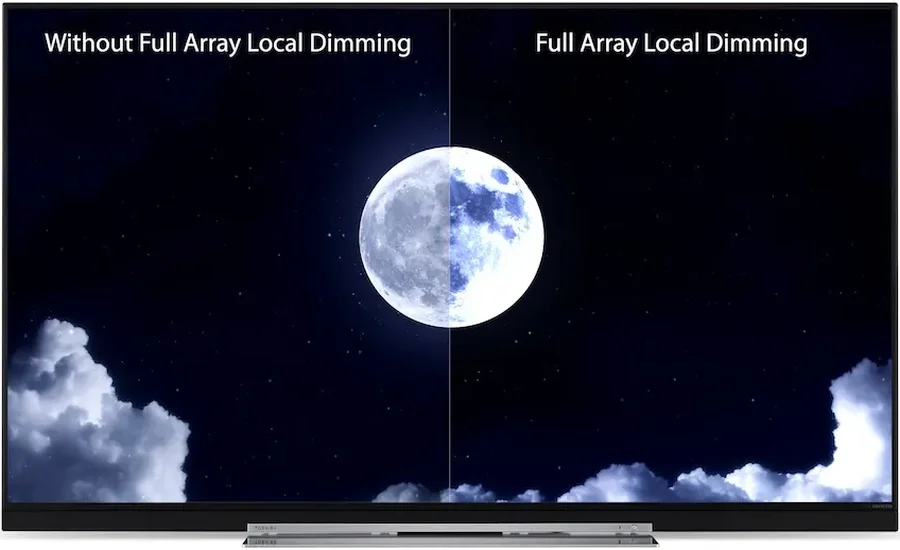
The performance of FALD depends heavily on the number of dimming zones – more zones generally mean more precise control and better picture quality with less “blooming” (halos around bright objects on dark backgrounds), though advancements continually minimize this.
Comparison: Direct Lit vs Edge Lit vs Full Array
| Feature | Direct Lit | Edge Lit | Full Array Local Dimming (FALD) |
|---|---|---|---|
| LED Placement | Behind Panel (Sparse) | Along Edge(s) | Behind Panel (Dense Grid) |
| Local Dimming | None | Limited (Often Columns/Rows) | Yes (Multiple Zones) |
| Contrast Ratio | Fair | Fair to Good | Best (among LCD types) |
| Black Levels | Fair | Fair to Good | Best (among LCD types) |
| Uniformity | Can be Good, Variable | Can Have Issues (Bleed/Clouding) | Generally Good to Excellent |
| Panel Thickness | Medium to Thick | Thinnest | Thicker than Edge Lit |
| Cost Tier | Entry-Level | Entry-Level to Mid-Range | Mid-Range to High-End |
Other Technologies to Know
Mini-LED
Think of Mini-LED as the next evolution of FALD. It utilizes the same principle of a grid of LEDs behind the panel with local dimming, but the LEDs used are significantly smaller and far more numerous.
This allows for thousands of dimming zones, compared to the dozens or hundreds typically found in standard FALD TVs. The result is even finer light control, leading to improved contrast, deeper blacks, and significantly reduced blooming or halo effects.
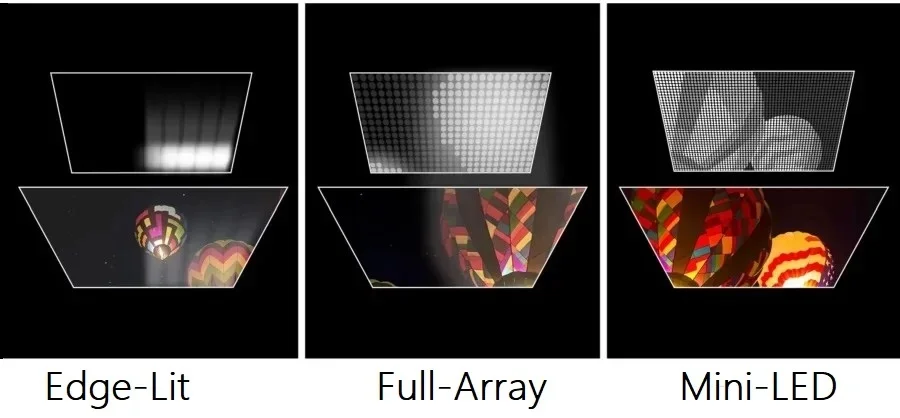
Mini-LED technology is generally found in premium “LED” TVs, bridging the gap between traditional FALD and OLED.
OLED
OLED TVs operate on a fundamentally different principle. Unlike LCD TVs, OLED screens do not require a separate backlight. Each individual pixel in an OLED panel creates its own light and color and can be turned completely off independently.
This self-emissive nature allows for perfect black levels (since pixels can be truly off, emitting no light) and an effectively infinite contrast ratio.
While OLED offers stunning picture quality, especially in dark rooms, potential downsides include a lower peak brightness compared to the brightest Mini-LED TVs and the theoretical risk of permanent image retention or “burn-in” with static content over long periods.
QLED
It’s crucial to understand that QLED (Quantum Dot Light Emitting Diode) is not a type of backlight itself, nor is it a self-emissive technology like OLED.
QLED refers to the use of a Quantum Dot enhancement film or layer placed between the LED backlight and the LCD panel. These microscopic quantum dots react to the blue light from the LEDs to produce highly pure red and green light. The remaining blue light passes through, and combined, they create a high-quality white backlight (composed of pure R, G, and B peaks) before the light even hits the LCD panel’s own color filters.
This technology is used in conjunction with an LED backlight (which could be Edge Lit, Direct Lit, or increasingly, FALD or Mini-LED) to significantly improve color volume, accuracy, and often overall brightness. So, a “QLED TV” is still an LCD TV, but one enhanced with Quantum Dots for better color performance.
By understanding these different illumination technologies – from the basic Edge Lit to the advanced FALD and its evolution in Mini-LED, and how they differ from self-emissive OLED – you can better navigate the specifications and marketing terms to choose a television that delivers the picture quality you desire.
Q&A
Which is better, direct-lit or edge-lit?
Neither basic direct-lit nor edge-lit is definitively “better” overall, as they represent different design trade-offs, especially in budget to mid-range TVs. Edge-lit TVs place LEDs along the screen’s edges, allowing for very slim designs, but can sometimes suffer from less uniform brightness or light bleed. Basic direct-lit TVs place LEDs behind the entire screen (though spaced apart), which can lead to better screen uniformity but results in a thicker TV profile. Performance often depends more on the specific model’s quality than the basic type.
Which is better, LED backlit or edge-lit?
This question can be a bit confusing as edge-lit is a type of LED backlighting. All modern non-OLED TVs use LED backlights. The main types are edge-lit and direct-lit (including its advanced form, full array). Compared to edge-lit’s slimness advantage, direct-lit systems (especially Full Array) generally offer better potential for contrast and brightness control because the lights are positioned behind the picture itself, not just at the borders.
Which is better, edge-lit or full array?
For pure picture quality, Full Array Local Dimming (FALD) is generally considered significantly better than edge-lit. Full Array places many LEDs directly behind the screen, grouped into zones that can be dimmed or brightened independently. This allows for much deeper blacks, higher contrast ratios, and more precise brightness control, especially noticeable in HDR content. Edge-lit TVs typically offer advantages in terms of thinner design and lower cost.
Is full array LED better?
Yes, generally speaking, Full Array LED backlighting (especially Full Array Local Dimming or FALD) provides superior picture quality compared to edge-lit or basic direct-lit systems. By having numerous LED zones directly behind the panel that can dim independently, FALD TVs achieve much better contrast, deeper black levels, and improved HDR performance. While they tend to be thicker and more expensive than edge-lit models, the visual improvement is often substantial for discerning viewers.
Read Next


